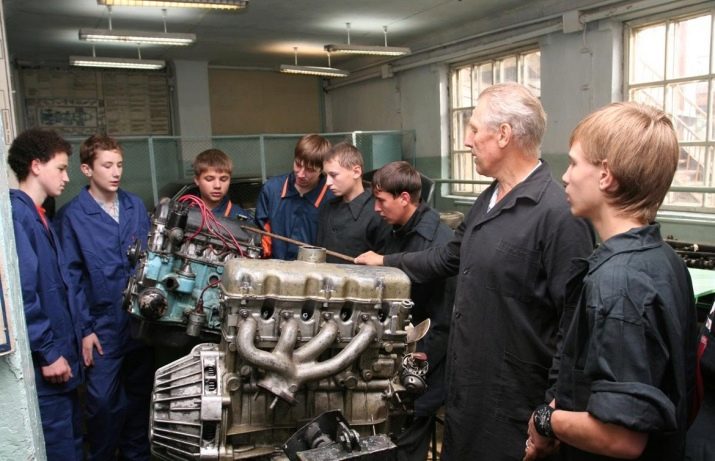All about the profession of an internal combustion engine operator
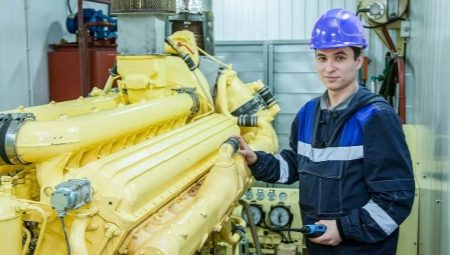
Management of modern technology requires serious skills and abilities. But this work is quite accessible to any intellectually developed person. The main thing is to learn, for example, everything about the profession of an internal combustion engine driver, about the specifics of his activities, training and work prospects.
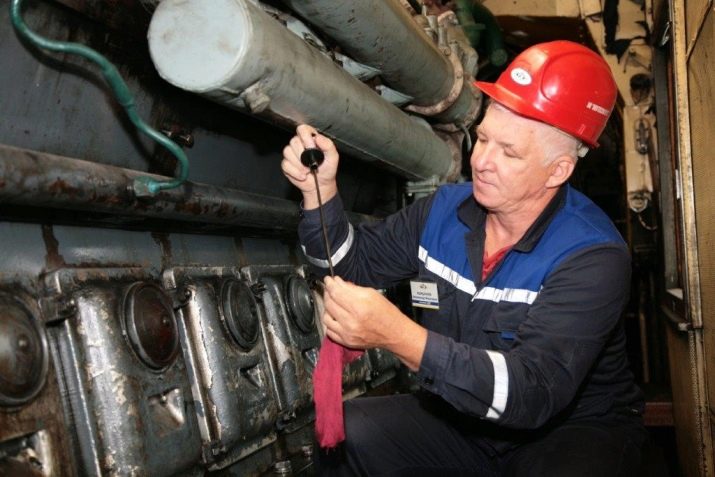
Peculiarities
It should be noted right away that working as an engine driver for an internal combustion engine is not always working as a driver of a vehicle, a driver of a diesel locomotive or a minder on a ship. Such specialists also service a number of stationary internal combustion engines. They should know thoroughly:
- what these motors are;
- what are their main functional features;
- what are the permissible and unacceptable modes of operation of the motors;
- what kind of fuel can be used, what technical fluids and components can be used;
- how to repair such engines;
- what the maximum load of this technique can be.
Characterizing the positive and negative features of such a profession, it is worth pointing out:
- relatively high demand;
- a solid level of remuneration;
- increased responsibility;
- the sedentary nature of most of the manipulations;
- a clear preference for men by most employers.
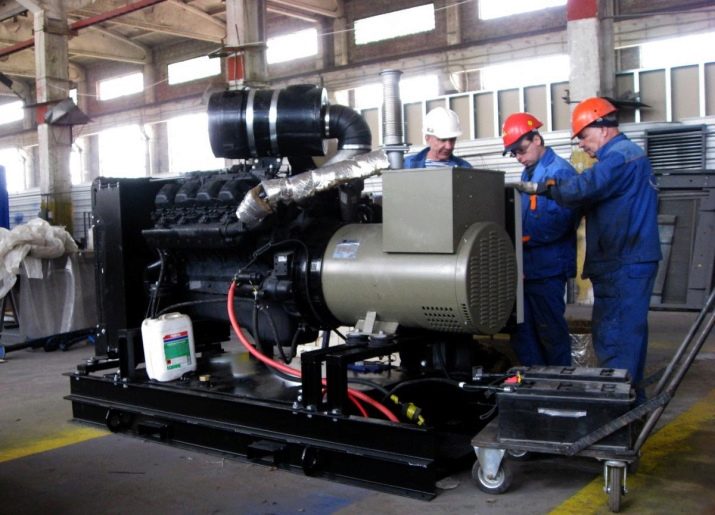
Responsibilities
ETKS prescribes the following main terms of reference:
- taking care of internal combustion engines of all categories (the permissible total power of the equipment is determined for each category separately);
- work on the maintenance of mechanical installations and systems equipped with several motors at once;
- starting, stopping of serviced engines;
- their visual control, routine and preventive maintenance;
- refueling fuel tanks, using lubricating oils and other technical fluids;
- adjustment of motors, taking into account the characteristics of those devices that are associated with them (production devices or chassis of vehicles);
- participation in medium and overhaul repairs of internal combustion engines;
- analysis, check and adjustment of motors (independently or in the process of revision).
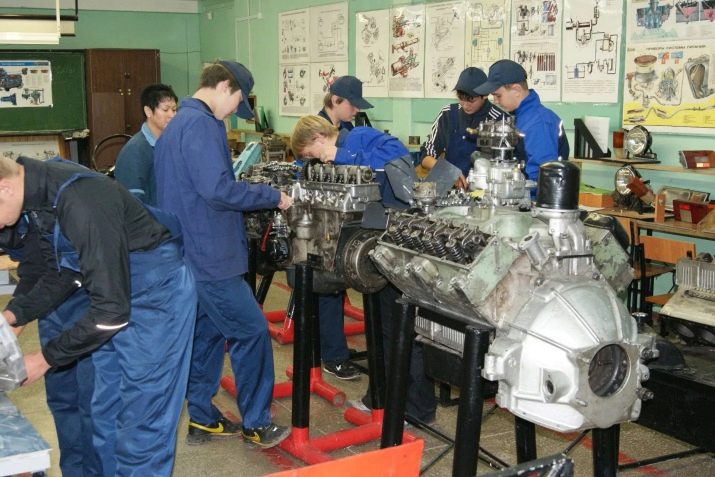
The current professional standard brings additional clarifications to this picture. It states that the driver must maintain the operability and serviceability of the equipment entrusted to him. Even if for this you need to perform work that is not listed in the ETKS. We will also have to deal with the prevention of malfunctions on the entrusted engines. The job description of the standard sample also contains such points as:
- study and application of all regulatory documents related to the work of such a specialist;
- fulfillment of orders of the management;
- implementation of environmental protection measures;
- compliance with fire and sanitary safety, general safety standards;
- timely notification of company officials about emergency situations and their consequences.
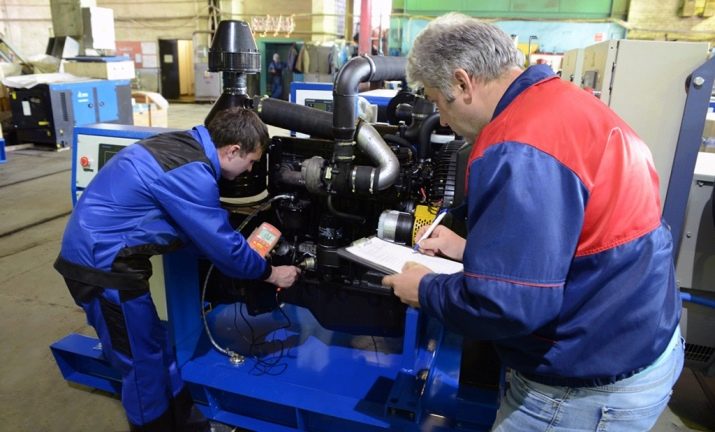
To fulfill his duties, the driver is also granted certain functional rights. So, he has the ability to do everything that he considers necessary to maintain the serviceability of equipment and to prevent emergencies. He has the right to seek all necessary assistance from management and other workers. And also the rights are granted:
- to create optimal organizational and technical conditions for work;
- to get acquainted with all orders of the management and with all projects, plans that are related to such a specialist and his work;
- to receive all the information necessary for work (in the form of official documents or direct explanations);
- to become familiar with the exact instructions for each position and other documents defining the range of work performed, with the main criteria for their activities adopted in the organization.
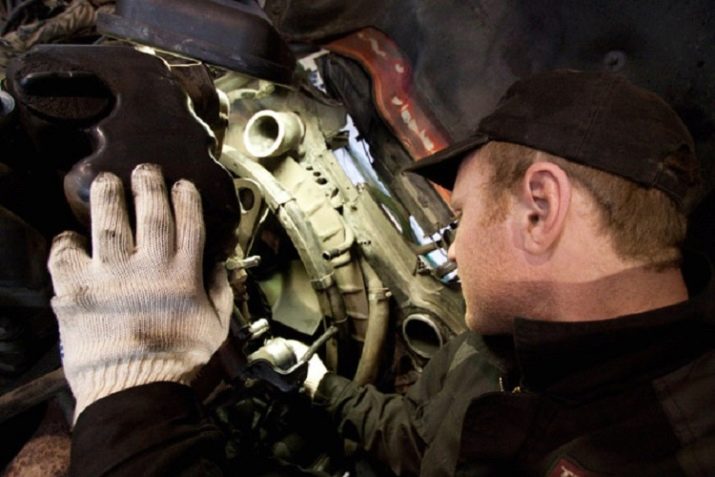
Discharges
The second-class driver must already thoroughly know how the engines he serves, how to start them up, stop them, how and how to lubricate them. We'll have to study the principles of fuel supply and cooling of entrusted motors. And also it will be necessary to understand the grades of fuels and lubricants, in the features of fittings and fuel lines.
To go to the third category, they additionally study:
- design and operation of power generators, auxiliary (additional) engine equipment;
- design and operation of pumps that pump fuel;
- features of the instrumentation and automation;
- requirements for documentary reflection of engine operating parameters.
Engine driver for assignment 4 digits must know how motor installations of various types and categories are arranged and work. He needs to understand what are the causes of probable deviations from the norm, their signs and the main methods of solving problems. This specialist will also be able to accurately disassemble, assemble the engine, audit it (or give explanations to the auditors).
To qualify for 5th rank, it will also be necessary to master the electromechanical and kinematic diagrams of the motors themselves and the equipment associated with them.
The 6th grade driver is free to navigate the specifics of the operation of the most powerful motors and their complexes, knows how to install and dismantle these devices.
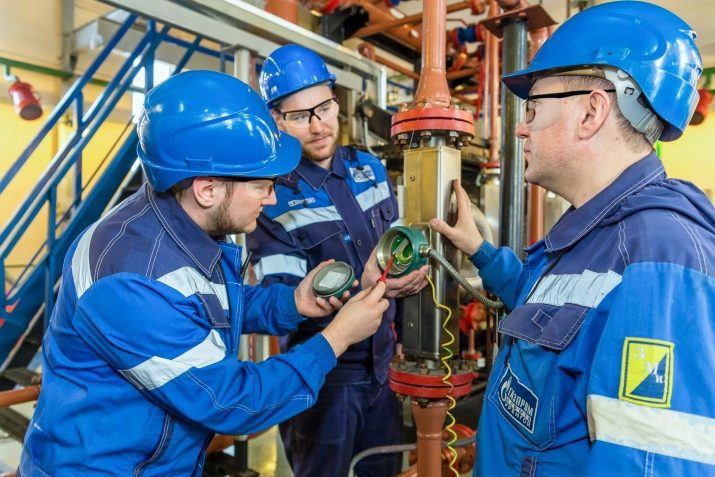
Education
The profession of an internal combustion engine driver can be obtained:
- at the courses of the training center "History of People" (Yaroslavl);
- at the Center for Professional Training (Omsk);
- in ANO DPO "UK CIS" (Tomsk);
- at the training center "STBSH" (Moscow);
- at the CPR "Profi" (Yekaterinburg);
- in the multidisciplinary center "Phoenix" (Chelyabinsk) and other similar preparatory institutions;
- in specialized colleges and technical schools in various regions of our country.
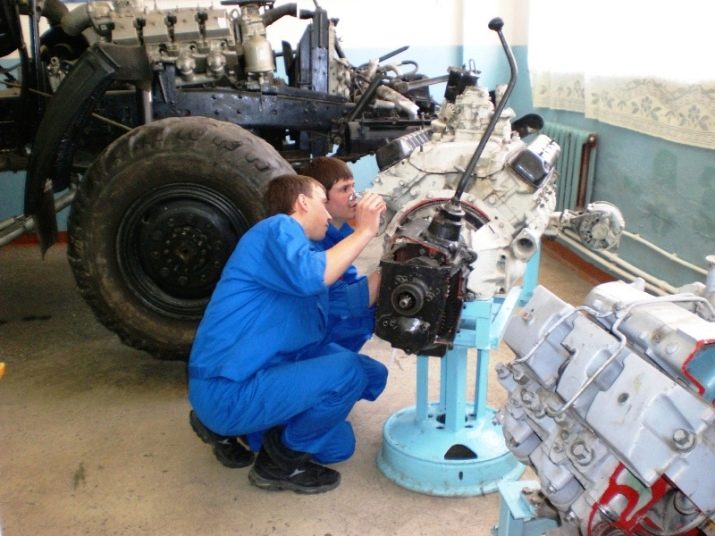
Where does it work?
On average, the income of an internal combustion engine driver in Russia is 74,000 rubles. But in the Krasnoyarsk Territory, this figure is noticeably higher and reaches almost 100,000 rubles. The chances of finding a job are very high. Internal combustion engine drivers are welcome at:
- transport companies;
- taxi services;
- cargo delivery companies;
- vehicle fleets of enterprises and organizations;
- JSC Russian Railways;
- airports;
- river and sea ports;
- shipping companies;
- road repair and construction departments;
- various industrial and energy structures;
- most government departments;
- on drilling platforms;
- at various mines and mines, sawmills;
- in construction companies.
